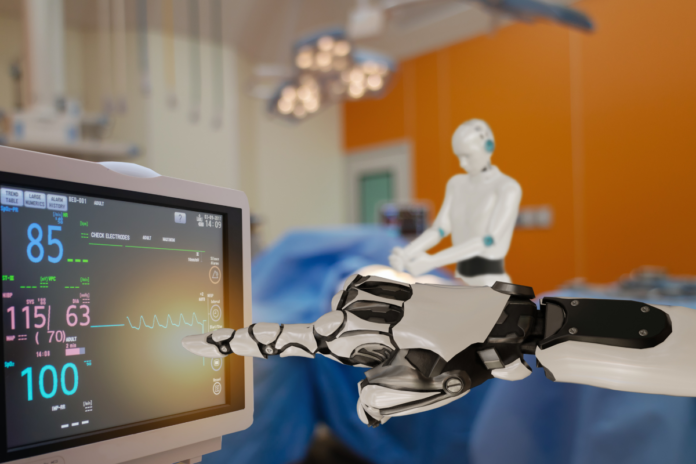We’re witnessing a new wave of change in how things work, almost like a modern industrial revolution. This time, the concern is about machines taking over jobs that were once exclusively for humans. Advances in AI are now encroaching on creative fields like writing and art, and it’s not long before they enter the realm of healthcare. In fact, they’re already making their presence felt.
A Dutch startup called Vitestro recently secured a hefty $22 million in funding, adding to their previous investments and totaling $50 million. Their aim? To introduce a robotic blood drawing system that promises to revolutionize healthcare.
According to Brian Joseph, Vitestro’s Commercial Director and co-founder, their technology marks a significant leap forward in healthcare innovation. They’re eyeing expansion into key international markets, particularly the United States.
Established in 2017, Vitestro’s flagship product is an AI-powered robot designed to draw blood efficiently and, presumably, safely. The goal isn’t just to enhance the patient experience but also to address shortages in healthcare staff.
Here’s how it works: the robot uses infrared to scan the patient’s arm (or other body parts) to pinpoint veins and plan the needle insertion. This precise mapping ensures the most efficient and least painful blood draw possible.
After conducting trials in the Netherlands since last year, Vitestro aims for full EU certification soon, followed by fulfilling orders from hospitals. Their ultimate goal? Breaking into the US market.
If successful, this innovation could be a game-changer for healthcare. Blood draws can be time-consuming and vary in quality depending on the technician. Vitestro’s solution removes the guesswork and frees up staff to focus on other critical areas within medical facilities.
Considering the shortage of healthcare workers, this isn’t about replacing jobs but redistributing resources where they’re most needed. It’s not hard to imagine AI-powered blood draws becoming commonplace within the next five years.





